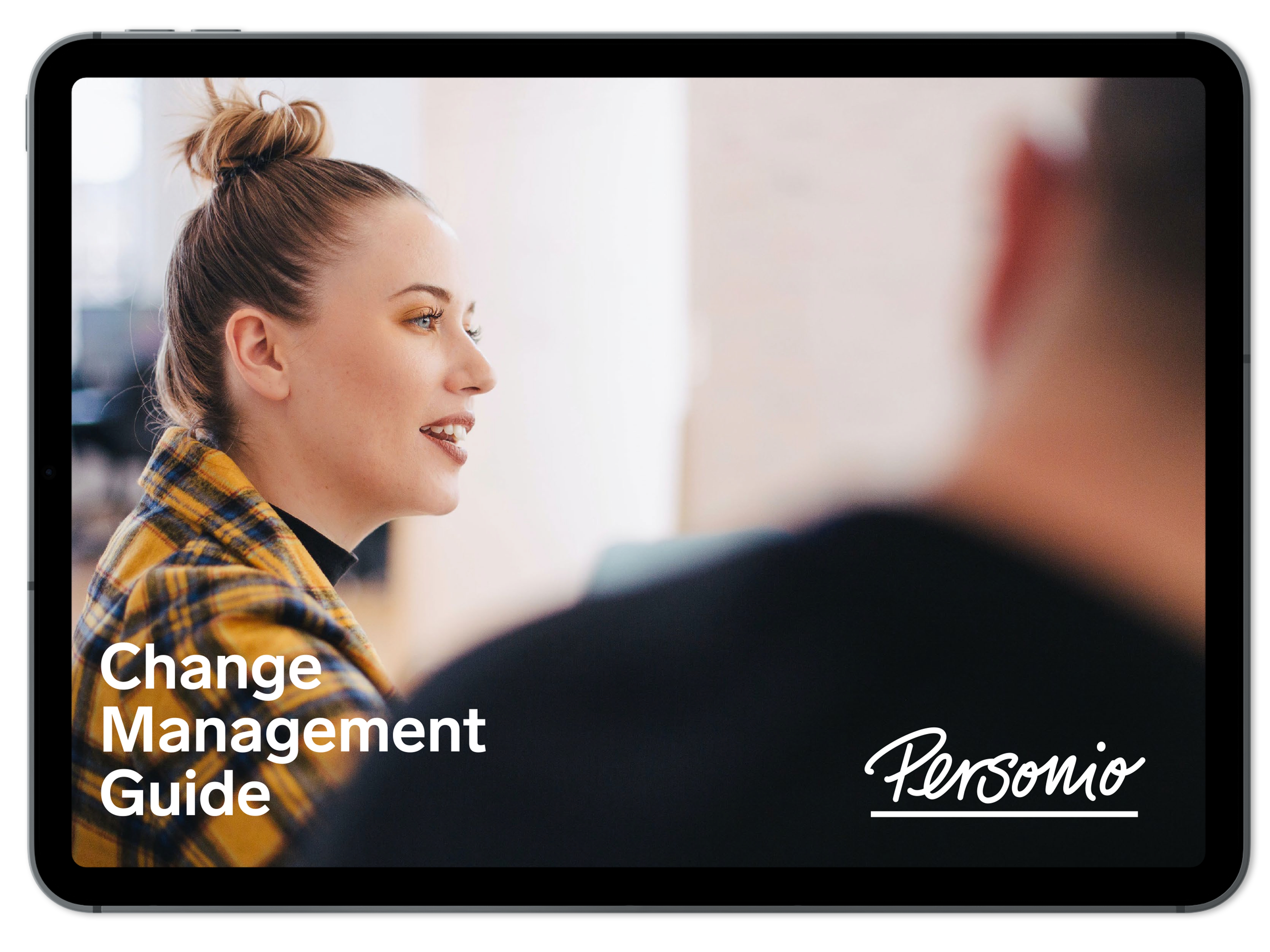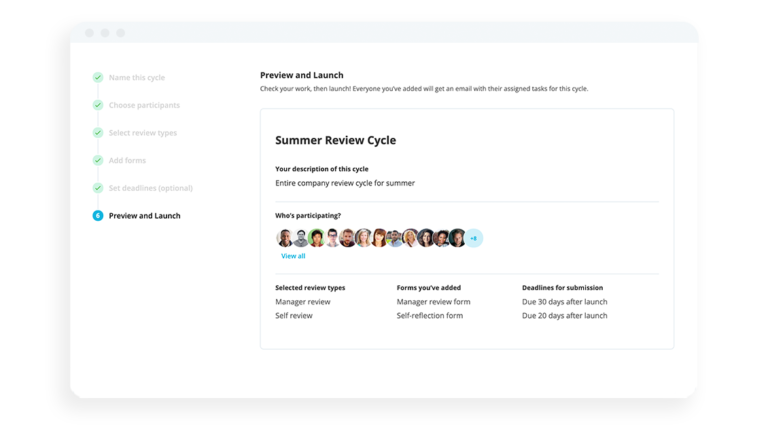Neurodiversity in the Workplace: Building an Inclusive Culture

Society has an expectation of people’s behaviour, and many activities like work are built around that standard. That means that many things in life are set up with neurotypical people in mind, which can put the neurodivergent at a disadvantage. However, over time, we’ve started adapting to neurodiversity in the workplace to help neurodivergent employees with non-standard thought processes thrive. What does neurodiversity in the workplace look like, how does neurodiversity benefit your company, and how can you honour neurodivergence in the workplace?
Key Facts
The term neurodiversity was coined by Judy Singer in 1998 to represent the many variations of the human brain.
Neurodiversity’s definition has shifted to act as an umbrella term for several diagnoses, including attention deficit hyperactivity disorder (ADHD) and autism.
Understanding and patience are key to accommodating neurodivergent employees and to ensuring they can reach their full potential.
Contents
- 1What Is Neurodiversity?
- 2Types of Neurodivergence
- 3What Are the Benefits of Neurodiversity in the Workplace?
- 4How To Create an Inclusive Workplace for Neurodivergent Colleagues
- 5How To Manage Staff With Forms of Neurodiversity
- 6Frequently Asked Questions About Neurodiversity in the Workplace
- 7Supporting Neurodiversity in Your Workplace
What Is Neurodiversity?
Neurodiversity is a natural variation of cognitive functioning in the brain that causes people to process and learn information differently than those considered neurotypical. Coined by Australian sociologist Judy Singer in 1998, the term was initially used to recognise the vast variation in the human brain. Over time, the term has shifted to help society move away from stigma from those who think or behave differently from what people may come to expect in a particular setting or interaction.
Types of Neurodivergence
Neurodivergence has become an umbrella term under which several notable diagnoses fall. Several of those conditions are listed below, along with their associated characteristics. However, everyone experiences these conditions differently, so the characteristics will vary from person to person.
Dyspraxia
It’s estimated that around 5% of people in the UK have dyspraxia, which refers to difficulty with coordination and clarity of thought. As a result, people with dyspraxia can struggle with fine motor skills, coordinated movement and quickly recalling information. People with this condition tend to develop techniques to work around mental blocks that make them more creative thinkers later in life.
ADHD
Attention deficit hyperactivity disorder (ADHD) is a condition that affects around 4% of the UK population. Generally, people with ADHD have difficulty controlling their attention and can display excessive energy, making it hard for them to sit still. As a result, people with this condition can struggle with organisation, get easily distracted and have trouble socialising. But coping with those difficulties and figuring out strategies to get around them can make someone with ADHD into a driven and creative individual with a passion for their work.
Dyslexia
Around 10% of the UK population have dyslexia, a learning disorder affecting the brain’s language centre. People with this condition usually have trouble processing the written word, which leads to difficulties in reading and writing. Someone with dyslexia may also struggle with memory retention, organisation and fine motor skills. However, the same differences in how they process information can lead to heightened creativity and more advanced problem-solving within the workplace.
How Are Your Organisation’s Change Management Processes?

There is an art to redesigning and implementing processes. This free guide gives you all the information you might need on the topic of change management and guides you through the process.
Get Your Free Copy HereAutism
Autism refers to a wide spectrum of conditions frequently characterised by difficulties in social interaction, restricted interests and repetitive behaviours. This condition makes it difficult for an individual to pick up on subtle social cues in the workplace and respond appropriately to them. In addition, someone with autism will be uncomfortable with any changes in their routine or environment.
Someone with autism can display higher focus than others when interacting with one of their interests. Often, that means they can develop a high level of expertise in the topic they’re invested in.
What Are the Benefits of Neurodiversity in the Workplace?
Diversity within the workplace helps encourage more innovative and holistic business decisions. The unique thought processes of neurodivergent people can play a significant role while providing several other valuable benefits for your company. Some of those benefits include:
Neurodivergent People Are Great Problem-Solvers. Learning to work with the challenges presented by their conditions can make neurodivergent individuals more effective at devising solutions. They’re often required to consider unique, holistic answers to everyday issues that they struggle with, and that mindset can prove just as effective in the workplace.
They’re Likely To Stay Longer. It can be challenging for neurodivergent people to land or keep jobs because the interview process and workplace operations typically uphold neurotypical thought. As a result, when a company works to understand and support the neurodiverse, it builds company loyalty and they can expect those employees to stay.
Neurodivergent People May Be More Productive. While this isn’t the case for every neurodivergent person, some can tune out the world around them to focus on their work. Many neurotypical employees can’t maintain consistent productivity due to distractions within the modern workplace, but the neurodivergent can reach an intense level of focus when performing their tasks.
How To Create an Inclusive Workplace for Neurodivergent Colleagues
While neurodivergent people can significantly benefit their workplace, some accommodations may be necessary to help them work at their best.
Adjust Their Work Experience. Offer your employees options they can use to make the workplace more comfortable. One of the most effective things you can do is provide a stipend to let neurodivergent employees customise their experience and purchase things that help them focus. Providing these resources can reduce workplace stress and help avoid burnout.
Communicate Clearly. The neurodiverse can struggle to understand ambiguity, so you must communicate with them as clearly as possible. Try to avoid sarcasm in your conversations. Take a moment to break down their tasks into actionable steps so they don’t get overwhelmed. And, above anything else, be patient while they adjust to their roles and offer comprehensive feedback.
Train Your Staff. It’s challenging to create a workplace that supports neurodiversity if everyone isn’t on the same page. Introducing a policy promoting acceptance is a good start, but specific training might also be needed. If a workforce understands neurodiversity, it helps avoid potential bullying or harassment directed toward a neurodivergent employee.
How do you think leaders can foster inclusivity?
By ensuring that they provide the space for team members to express themselves freely. Guaranteeing that everyone can communicate and discuss what is necessary to ensure an inclusive space according to their unique characteristics. This is undoubtedly beneficial to a team’s performance.
– Doriana Mirabal, Employer Branding & Culture Team
By making sure to create an open-minded environment and supporting dialogue between everyone in the team.
– Astrid Kimnnach, Customer Service Team
How To Manage Staff With Forms of Neurodiversity
For the most part, successfully managing your neurodivergent and neurotypical employees requires the same thing: engagement and understanding. Listen to their views and unique perspectives to gain insight into neurodiversity and what your employees need to succeed. With that information, you can develop comprehensive strategies to build an inclusive company culture that lets your neurodivergent workers perform at their best.
Frequently Asked Questions About Neurodiversity in the Workplace
What Are Examples of Neurodiversity at Work?
Some neurodiversity conditions to expect in the workplace include:
Autism
Dyslexia
Dyspraxia
ADHD (Attention deficit hyperactive disorder)
How Can We Support Neurodiversity in the Workplace?
Work to inform your staff what neurodiversity is and how to collaborate with neurodivergent colleagues to ensure better inclusivity. Ask neurodivergent employees what you can do to reasonably accommodate their needs. Also communicate clearly to ensure there’s no ambiguity or misinterpretation.
What Are the Benefits of Revealing Neurodiversity in the Workplace?
Revealing neurodiversity helps businesses better understand employees’ work processes and the specific accommodations they need to thrive. It can also lead to a productive conversation on how employers can best encourage and support neurodivergent employees in the workplace.
Supporting Neurodiversity in Your Workplace
With most of society organised with neurotypicals in mind, neurodivergent individuals can get left behind in several areas, including in the professional realm. However, that doesn’t have to be the case in the workplace. Understanding neurodivergent employees and learning to work with their challenges to enable their work processes can make them into some of your most effective personnel. Embracing their unique perspectives can lead to more creative ideas that guide your company to success.
Disclaimer
We would like to inform you that the contents of our website (including any legal contributions) are for non-binding informational purposes only and does not in any way constitute legal advice. The content of this information cannot and is not intended to replace individual and binding legal advice from e.g. a lawyer that addresses your specific situation. In this respect, all information provided is without guarantee of correctness, completeness and up-to-dateness.

